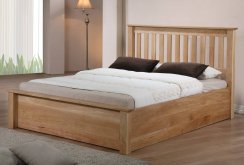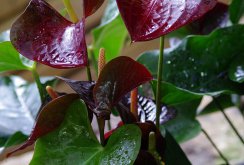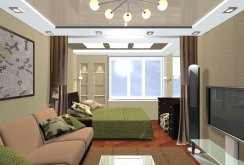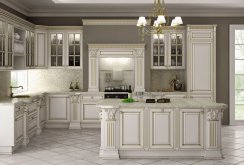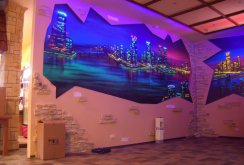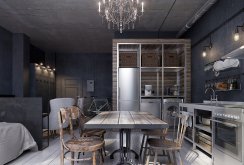Lumber - all the variety of choices
Lumber is obtained when sawing logs, they are widely used in frame house-building during the erection of walls, floors. Various types of products are used when laying a rough floor, creating a rafter system, performing finishing work. Lumber is used when laying railway tracks, creating bridges, structures of small architecture.Assortment classification
Timber products are products of the wood processing industry, which has at least two parallel planes. The following product options are highlighted:- timber - lumber with a rectangular cross section, thickness and width of more than 100 mm;
- whetstone - the width and thickness of this lumber does not exceed 100 mm, while the aspect ratio should not be more than 1: 2;
- board - aspect ratio of more than 1: 2, while the thickness should not exceed 100 mm;
- sleepers - a massive beam intended for laying rails;
- obapol - has one processed and one unprocessed side;
- croaker - made from the side of the log, has only one sawn side.
How is lumber processed?
Comparison of the degree of processing of lumber allows you to divide the product into several categories:- trim - has edges sawn on both sides;
- unilaterally trimmed - has only one sawed edge;
- unedged - the edges are not sawn;
- planed - has planed edges or one of the layers;
- calibrated - pre-dried and processed to the specified size lumber.
How is the end face processed?
The simplest classification of lumber - by type of end face processing, there are only two groups of products:- trimmed - cut to length to a certain size;
- non-trimmed - sawn timber not cut to a certain length.
How to cut a log?
When decorative characteristics matter - it is recommended to pay attention to the method of sawing logs during the production of lumber. The catalog of the majority of manufacturers of boards and beams used as raw materials for the production of finishing materials include the following products:- radial - sawing is performed along the radii of tree rings;
- tangential - saw logs tangentially to annual rings;
- rustic - lumber with sawing of the mixed type.
Variety matters
The quality of lumber is determined by its grade, when reviewing products of different manufacturers, you can meet with different classifications on this basis. Manufacturers of high-quality products intended for the production of furniture or decorative finishes often use their quality determination systems, highlighting such varieties as Extra, Prima, and Higher. These products are delivered practically without knots, have no scaling and no traces of blue. The classification is primarily for marketing purposes. The quality of the board and timber is regulated by GOST, the following grades are distinguished:- perfect - “live” knots larger than 15 mm are not allowed, their number should not exceed 1-2 for each running meter;
- first - knots up to 1/3 of the width or thickness are allowed, their number should not exceed 2-3 per linear meter;
- the second - the size of the "live" knots can reach ½ the width or thickness of the lumber, their number - 2-4 per linear meter;
- the third - the number of “live” knots up to ½ 3-4 in size; edge knots in a 2/3 size are allowed;
- fourth - an unlimited number of “live” knots; tobacco knots, including rotten ones, are allowed.
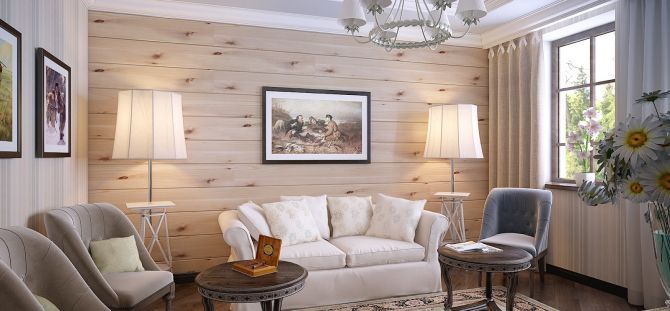
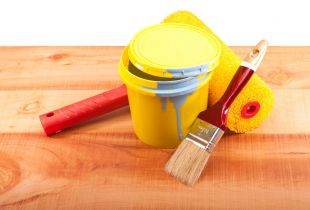 Plywood painting: stages, tools, choice of paint and varnish
Plywood painting: stages, tools, choice of paint and varnish